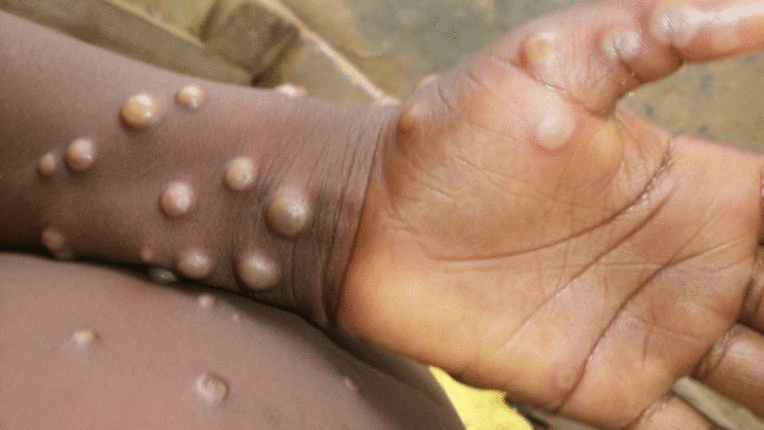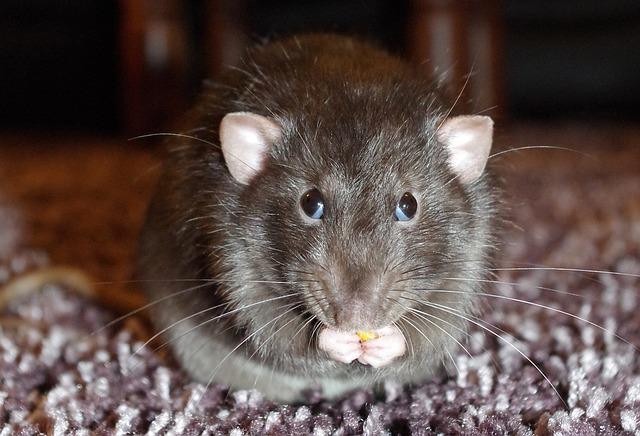
Monkeypox: 87% of household samples still contaminated after 15 days
Of the 31 environmental swab samples collected by the CDC from the property of a person infected with monkeypox, 87% were still contaminated with the virus after 15 days.
In July 2021, we conducted environmental sampling at the residence of a person in Dallas, Texas, USA, who had travel-associated human West African monkeypox virus (MPXV-WA). Targeted environmental swab sampling was conducted 15 days after the person who had monkeypox left the household.
Results indicate extensive MPXV-WA DNA contamination, and viable virus from 7 samples was successfully isolated in cell culture. There was no statistical difference (p = 0.94) between MPXV-WA PCR positivity of porous (9/10, 90%) vs. nonporous (19/21, 90.5%) surfaces, but there was a significant difference (p<0.01) between viable virus detected in cultures of porous (6/10, 60%) vs. nonporous (1/21, 5%) surfaces.
Overall, 27 (87%) samples amplified MPXV-WA DNA, and the mean cycle threshold (Ct) value was 25.83 (range 16.14–36.74).
These findings indicate that porous surfaces (e.g., bedding, clothing) may pose more of a MPXV exposure risk than nonporous surfaces (e.g., metal, plastic). Viable MPXV was detected on household surfaces after at least 15 days. However, low titers (<102 PFU) indicate a limited potential for indirect transmission.
CDC: Environmental Persistence of Monkeypox Virus on Surfaces in Household of Person with Travel-Associated Infection, Dallas, Texas, USA, 2021
Preprint: Monkeypox virus contamination in an office-based workplace environment
Photo by Point3D Commercial Imaging Ltd. on Unsplash





